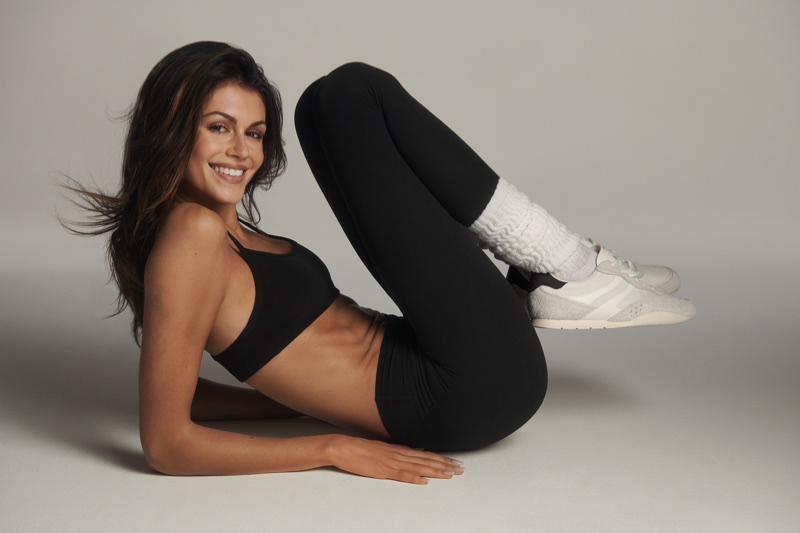Public safety may be the one issue that could destroy Zohran Mamdani’s hopes in the New York City mayoral race — which is why the once-proud Democratic Socialist has spent the last few weeks distancing himself from his own party’s radical platform.
Mamdani, a two-term state Assemblyman, won his seat in 2020 as part of a far-left contingent of socialist anti-police agitators whose radicalism knew no bounds.
“Defund the police” and “abolish jails” were far from empty slogans to Mamdani and his comrades, but core elements of their political identity.
But central as anti-police radicalism has been to the mayoral frontrunner’s political rise, it’s not a brand that has the kind of mass appeal needed to win over a majority of New York City voters.
So Mamdani has been carefully ambiguous about his public-safety platform, committing to “community policing” measures and not much else.
That leaves voters with little to go on but old tweets and the scrubbed-from-the-Internet platform of his party, the Democratic Socialists of America’s New York City chapter.
But a little-known document sheds added light on what Mamdani believed until about five minutes ago.
It’s the “Agenda for Decarceration,” a package of radical policing reforms that Mamdani explicitly signed on to in 2020, as part of his first Assembly campaign.
The document begins with a passionate expression of support for the campaign of Tiffany Cabán for Queens district attorney. Cabán, notably, is a proud police and prison abolitionist.
The agenda then sets out a long list of pledges taken by Mamdani and other DSA candidates, along with 16 specific legislative proposals, including:
- The full elimination of cash bail, taking the state’s disastrous bail reform even further.
- Outright decriminalization of drug possession and prostitution.
- Eliminating mandatory minimum sentences.
- Retroactively lowering all maximum sentences.
- Fighting construction of the borough-based jails meant to replace the soon-to-be-closed Rikers Island, as a means of reducing the prison population by a third.
The document spells out a deep commitment to destroying the state’s “carceral system that exacerbates interpersonal violence and communal harm” — and does so in the strongest possible language.
“Instead of consigning people to the violence of incarceration,” the agenda says in closing, “we [can] create space for them to heal and thrive.”
In the mayoral race, Mamdani has framed his public-safety plans in terms of addressing “the failures of our social safety net.”
Sounds eerily familiar.
Mamdani’s responses to valid questions about whether he still believes in positions he passionately held just a few years ago have been mealy-mouthed.
Get opinions and commentary from our columnists
Subscribe to our daily Post Opinion newsletter!
Thanks for signing up!
For example, when asked about the DSA-NYC’s explicit platform commitments, the Mamdani campaign’s go-to response — “It’s not a part of the mayoral platform” — is merely a deflection.
He never actually says whether he still believes in these ideas, nor does he commit to never pursuing them should he win City Hall.
“It’s not part of my platform” is a far cry from “I reject this idea and will oppose any effort to implement it.”
If Mamdani’s current denials were sincere, he’d take the time to explain exactly which positions he has abandoned and why.
To the extent he’s softened on his anti-police antagonism, he should walk the public through what’s changed.
Was he wrong about the NYPD being racist back in 2020? Or does he believe the NYPD cured its racism at some point in the years since?
If the latter, how did the department do it, in his view?
If the former, why hasn’t he apologized?
New York’s next mayor will have ample opportunity to leave his mark on the city’s public-safety apparatus.
He’ll be charged with negotiating the next police union contract, managing the closure and replacement of the Rikers Island jail complex, overseeing the NYPD, and limiting the damage threatened by anti-cop City Council members like Mamdani’s old ally Cabán — who has not renounced her previous stances, and continues to pursue the DSA’s radical agenda.
That leaves the city’s voters with one critical question:
What should we reasonably expect from a mayoral candidate who made his bones as a police and prison abolitionist, and who had not uttered a single positive word about the police until just weeks ago?
Rafael A. Mangual is a Manhattan Institute fellow, a contributing editor of City Journal, and author of the book “Criminal (In)Justice.”














